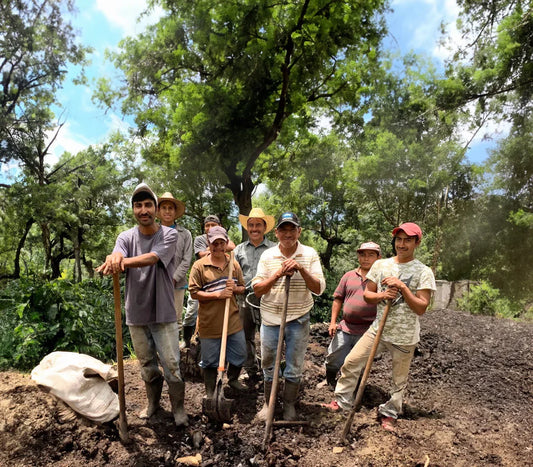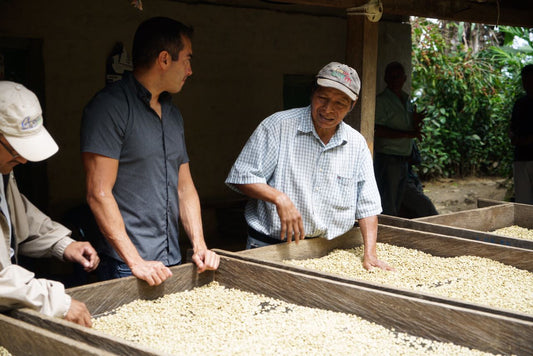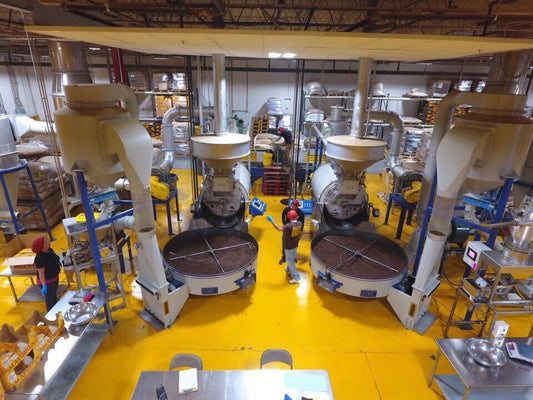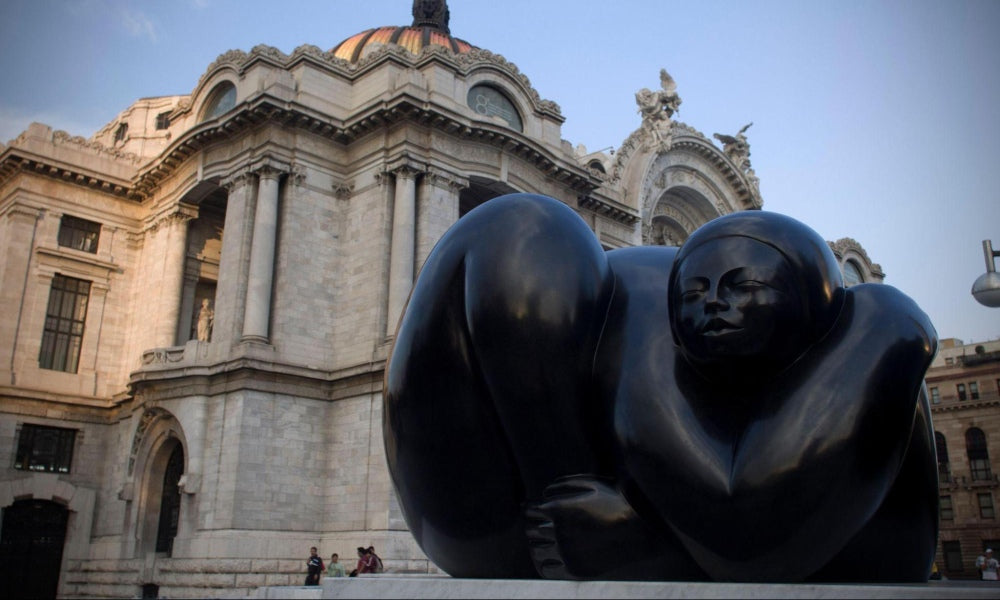
Jorge Jiménez Deredia: Sculpting Costa Rica's Indigenous Heritage
The Costa Rican sculptor’s work has created a legacy that reminds viewers of his country’s rich culture and history.
It's unversially acknowledged that art is a window into the experiences, history, and environment of a country.
And within each country, there are certain artists who leave an indelible mark on their country's cultural landscape, whether that be through writing, painting, sculpture, or manual arts.
In Costa Rica, one such artist is Jorge Jiménez Martínez, more commonly known as Jorge Jiménez Deredia – a sculptor who captures his own perception of Costa Rica and its mysteries through his mesmerizing work.
Deredia's Infancy and Inspiration
Born in 1954 in the city of Heredia, Deredia felt inclined towards art from an early age.
He studied at the Castella Conservatory College, a school that not only taught basic subjects but also different artistic expressions. Here, he was drawn to sculpture and officially began working as a sculptor in 1970.
His early years presented him with the opportunity to live in Italy as part of a student internship.
It was to be an eye-opening experience that would end up lasting a lifetime.
In fact, so enamored was he, that he never left Italy, claiming “When the seven months came to an end, we tore up the return ticket: I felt I had to live near Michelangelo’s quarries in Carrara.”
For Deredia, moving to a different country opened the door to other forms of art and artistic currents, many of which were considerably different from those he had seen in his native country.
However, despite the distance between the two countries, his Costa Rican roots only strengthened, as he fused the two continents’ heritages together through his work.
"The Ideal Shape"
Deredia graduated from two renowned Italian universities, the Academy of Fine Arts in Carrara and the Faculty of Architecture at the University of Florence.
His interest in the art of the Renaissance period encouraged him to reflect on the development of his work and even to conceive a new perception of life.
This perspective made him focus on the concept of "being" and his interaction with the universe. He summed this up with the powerful statement: “I believe we’re stardust in a constant state of evolution.”
Notably, Deredia's renewed approach led him to integrate his roots into his art by making visible and recovering the indigenous works of Costa Rica. He did this through the inclusion of figures and symbolism associated with the pre-Columbian spheres made by the ancient Borucas people.
“Deredia originally saw the pre-Columbian Boruca spheres on a visit to a San José museum while growing up in Costa Rica during the 1960s,” writes Elizabeth Myong in an article for Houstonia Magazine.
“Created almost 2,000 years ago with perfectly shaped surfaces of smooth granite, these spheres would inspire Deredia’s allegiance to what he considers the ideal shape – one that allows him to reimagine a world that isn’t complicated by edges and folds.”
It was during this time that he decided to take the name “Deredia”, referring to the city where he was born (Heredia, “De-Heredia” means in Spanish that he comes from Heredia city).
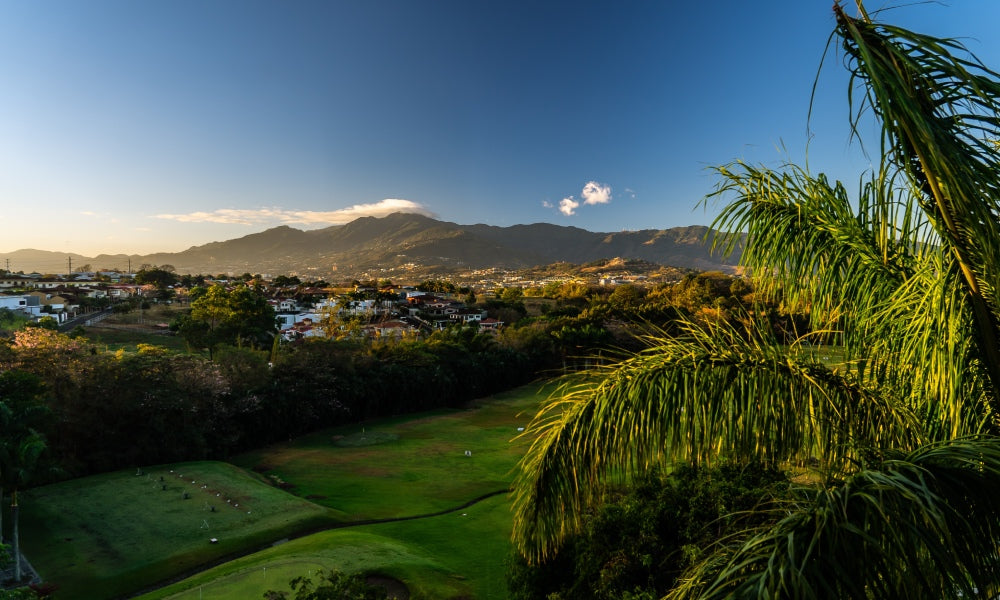
Jorge Jiménez Deredia’s Legacy
Deredia has left a lasting impact on the art world with his unique style and use of various materials and metals. His sculptures can be found in major cities around the world, including Genoa, Lucca, Houston, Mexico, Guatemala, and of course his beloved Costa Rica.
One of his most notable works is "La ruta de la paz," located in the province of Alajuela, Costa Rica. This piece represents four different spheres that emerge as women, alluding to the ability to give life.
The use of round figures and the incorporation of female representations are recurring themes in Deredia's work, and his use of indigenous Costa Rican mysticism adds a level of depth and cultural significance.
Deredia's use of materials such as concrete, cement, and steel, adds a modern element to his work, while still paying homage to traditional indigenous Costa Rican art. His sculptures are a fusion of his own perception of Costa Rica and its mysteries, with a deep understanding of the Renaissance period and its intellectual fervor.
Importantly, the artist's work is also an effort to make visible and recover the indigenous art of his country, through the inclusion of figures and symbolism associated with the pre-Columbian spheres made by the ancient Borucas people. Deredia's art is not only a visual representation of his own perception of the world, but also a way to bring attention to the rich cultural heritage of Costa Rica.
And although Italy was his second home, he also left a legacy there. Not only did he become the first Latin American sculptor to place a work in St Peter's Basilica in Vatican City, he was also the first contemporary artist to exhibit his works in the Roman Forum – two privileges reserved for only the most talented and well-respected artists.
In 2018, a number of his sculptures were presented in a captivating outdoor exhibition in the Italian town of Lucca. “[Jorge Deredia] does a nice job of synthesizing classical and modern, old world and new, figurative and abstract,” commented one visitor to the exhibition.
“The most impressive was the one just outside the gate to the old town. It is huge… and there’s a softness and fleshiness to it.
“It is really beautiful.”
Deredia's works serve as a reminder that art can be a powerful means of preserving our culture and history. His sculptures have a unique beauty that transcends time and place, connecting viewers to the rich culture and beauty of Costa Rica – and he has created a legacy that will last for generations.
